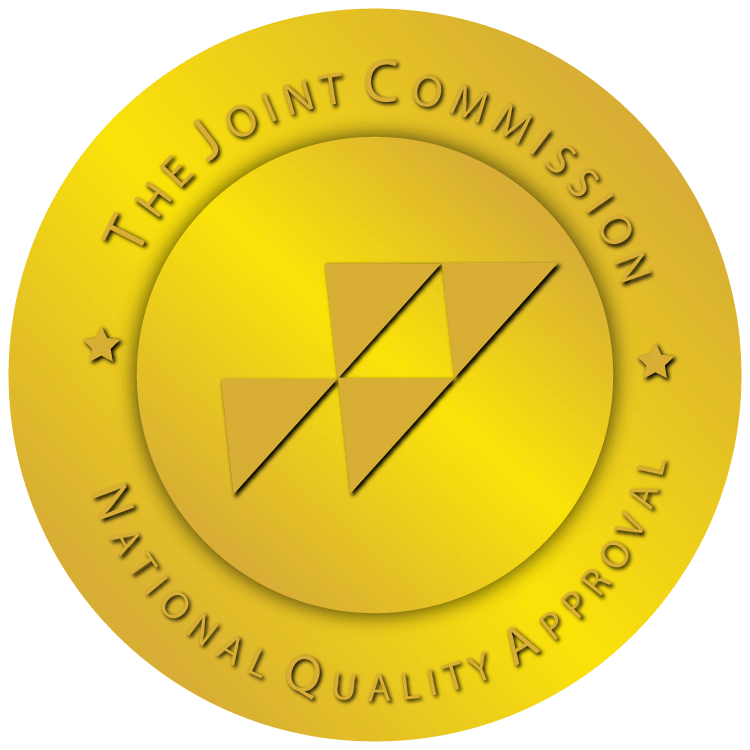
In 2017, the United States government declared the opioid crisis a public health emergency and made moves to curtail drug use among citizens. Since then, however, the misuse of opioids has become even more prevalent among Americans. The word “misuse” is important because many people begin taking opioids when a doctor prescribes them for pain management after an injury or surgery.
Understanding statistics and facts about opioids can help you make a plan about what to do with opioids in your home and prevent their misuse. That’s why the team at Maryland Recovery has gathered facts about opioids and answered some of your most common questions: with this knowledge, you can arm yourself with the tools you need to help yourself or someone you love.
Alarming Facts About Opioids
Since that public health emergency declaration, it seems many people have become somewhat numb to news about the opioid crisis. These facts about opioids will demonstrate just how dangerous misuse of this class of drugs can truly be.
Opioid Deaths Have Steadily Climbed Since 2000
The turn of the millennium saw overdose deaths begin to climb in the United States. According to the National Institute on Drug Abuse, there were 106,699 deaths attributed to overdose in 2021, the latest year with published statistics. By contrast, in 2000, that number was less than 20,000 people. These statistics demonstrate that the US has experienced a 500% increase in deaths from overdose in just over two decades.

Opioids make up a staggering amount of these overdose deaths. The same statistics from the National Institute on Drug Abuse reveal that 80,411 people died of an opioid overdose in 2021, or about 80% of all drug overdose deaths. In addition, opioid deaths have experienced an even sharper increase than general overdose since just 21,089 people died of opioid overdose in 2010. In just over ten years, opioid deaths have increased by nearly 400%.
While illicit or “street” opioids certainly present an issue, it’s worth noting that prescription opioids make up about one-fourth of the deaths from overdose. Since 2016, prescription opioid deaths have fluctuated but sit around 17,000 and 14,000 every year.
Of all opioid-related overdoses, synthetic opioids other than Methadone cause most of the deaths in the United States. Statistics state that most of these deaths come from fentanyl. Of all opioids, synthetic opioids are the only ones that account for more than 60,000 deaths per year.
By contrast, the most significant number of non-opioid overdoses comes from psychostimulants with abuse potential, such as methamphetamine. These drugs account for slightly under 40,000 overdose deaths yearly.
You Risk Addiction By Taking Leftover Pills
With such issues regarding prescription opioids, it’s important to note that if you have leftover pills that you don’t need after you’ve recovered, you should not take them. Instead, dispose of them as soon as possible. As you take medications, you can build up a tolerance to their pain-relieving effects. Opioid medications can also cause a psychoactive sensation, but once you’ve built up a tolerance, it will take more and more of these medications to cause the same effect. This can present the risk of an overdose or developing an SUD (substance use disorder).
Once you no longer need your pills, you should dispose of them properly. You can talk with a pharmacist about safely disposing of leftover opioids or participate in one of the national days of recognition committed to disposing of unneeded drugs.

Even Proper Usage of Prescription Opioids Can Lead to Addiction
Even if you follow your doctor’s instructions to the letter, you may still find yourself struggling with SUD. Opioids are highly addictive drugs, and the tolerance you naturally build up over time may mean you feel you need to take more than you normally do to address your pain. You can develop a physical dependence on the drugs and go through withdrawal symptoms when you attempt to stop using them.
The CDC provides a list of things to keep in mind to reduce your risk when taking opioids, including:
- Always take the designated amount at the designated intervals.
- Do not use opioids in conjunction with alcohol or drugs that cause drowsiness, like benzodiazepines, sleep aids, or muscle relaxants.
- Do not share opioids with anyone else, and don’t take someone else’s pills.
- Speak with your doctor if you have concerns about your medication.
- Secure any prescription drugs in a place where nobody but the person taking them can find them.
Opioid Use and Opioid Use Disorder Are More Prevalent Than Many Realize
While the statistics on overdose deaths are already staggering, the US Department of Health and Human Services has even more facts about painkillers and their usage. HHS reports that 1.6 million people had an opioid use disorder in 2019, and 1.6 million people misused prescription pain relievers for the first time in the same year. 10.1 million people misused a prescription opioid in 2019.
In addition, heroin use affected nearly three-quarters of a million people in the United States in a study of 2019 statistics. Of those individuals, 50,000 tried heroin for the first time in 2019. In total, according to statistics cited by HHS, almost 75 percent of drug overdose deaths in the United States involved opioids in 2020.
The Side Effects of Opioid Use
Opioids, like any other drug, come with a host of potential side effects you’ll have to deal with while taking the drugs. The Centers for Disease Control and Prevention warns Americans that avoiding side effects and risks with opioids is impossible, and you’ll have to work to mitigate the negatives.

Some of the most common side effects patients may experience regarding opioids include:
- Dry mouth
- More sensitivity to pain
- Physical and mental dependence on opioids
- Dizziness and confusion
- Digestive issues such as constipation, nausea, and vomiting
- Low sex drives and reduced testosterone levels
- Unexplained itching and sweating
- Sleepiness
If you notice side effects developing, it is crucial to speak with your healthcare provider about them and what you can do to mitigate their effects. Waiting can cause things to become worse.
Frequently Asked Questions About Opioids
Now that you know some of the most staggering and interesting facts about opioids, we can look at some of the most common questions we hear about opioid use and misuse in the country.
Maryland Recovery: Lasting Recovery From SUD
Many people begin to feel hopeless while dealing with opioid dependence and other substance use disorders. While it may seem difficult at the moment, help is available. At Maryland Recovery, we will work to help you get on the road to recovery and give you the tools you need to avoid future dependence on opioids.
We offer medication-assisted treatment (MAT) that uses medication to help curb cravings for opioids and mitigate any withdrawal systems. Our team will attend to you with empathy and understanding to help you through this difficult time. Contact us today to learn more about our services and how we can help.
Sources:
- Patients’ Frequently Asked Questions | Opioids | CDC. (2023, August 8). Www.cdc.gov. https://www.cdc.gov/opioids/patients/faq.html#:~:text=disorder%20(SUD).-
- U.S. Department of Health and Human Services. (2022, November 15). Opioid facts and statistics. HHS.gov. https://www.hhs.gov/opioids/statistics/index.html
- CDC. (2021, June 22). Opioid Data Analysis and Resources | CDC’s Response to the Opioid Overdose Epidemic | CDC. Www.cdc.gov. https://www.cdc.gov/opioids/data/analysis-resources.html
- National Institute on Drug Abuse. (2023, June 30). Drug Overdose Death Rates. National Institute on Drug Abuse; National Institutes of Health. https://nida.nih.gov/research-topics/trends-statistics/overdose-death-rates
- Von Korff, M., Kolodny, A., Deyo, R. A., & Chou, R. (2011). Long-Term Opioid Therapy Reconsidered. Annals of Internal Medicine, 155(5), 325–328. https://doi.org/10.1059/0003-4819-155-5-201109060-00011
- Kosten, T. R., & George, T. P. (2002). The neurobiology of opioid dependence: implications for treatment. Science & Practice Perspectives, 1(1), 13–20. https://www.ncbi.nlm.nih.gov/pmc/articles/PMC2851054/
- National Institute on Drug Abuse. (2021, June 1). Prescription Opioids DrugFacts. National Institute on Drug Abuse. https://nida.nih.gov/publications/drugfacts/prescription-opioids

A solution focused therapist with over a decade in the helping services, I am attuned to the broad expanse of holistic recovery. My mission is inspired by the work of Joseph Campbell, Dr. Wayne Dyer, and Fr. Joseph Martin. I am well versed in the specific needs of the recovery community and am trained in EMDR.








